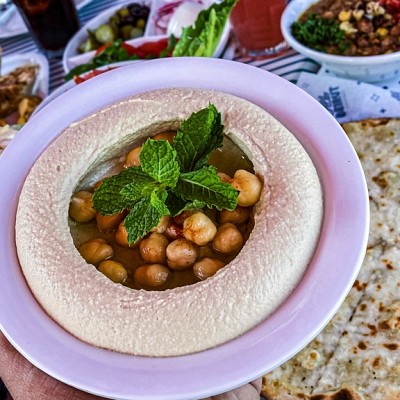Diversity of street food around the world
Street food varies greatly around the world, reflecting diverse cultures and culinary traditions. In Mexico, you can find flavorful tacos al pastor sold from food carts, while in Thailand, the bustling streets offer aromatic pad thai cooked in front of your eyes. The mix of ingredients, cooking methods, and flavors in street food highlights the unique heritage and tastes of different countries. From spicy curry dishes in India to sweet churros in Spain, street food is a delicious window into the rich tapestry of global gastronomy.
Cultural significance of street food
Street food is more than just a quick bite to eat. It’s a way for different cultures to share their culinary traditions with each other. Street food brings people together by offering a taste of a culture's unique flavors and cooking techniques. It creates a melting pot of diverse food experiences in a casual and accessible setting. Street food plays a vital role in cultural exchange and appreciation, allowing individuals to connect with others through their shared love of good food.
Historical roots of street food
Historically, street food has deep roots in various cultures around the world. Street vendors have been selling food in public spaces for centuries, offering a quick and convenient way for people to grab a bite to eat while on the go. In ancient Roman cities, for example, street vendors sold a variety of snacks and fast food items to passersby. Similarly, in ancient China, street food vendors would set up stalls along busy market streets, offering a wide range of dishes to hungry customers. These early forms of street food laid the foundation for the diverse culinary traditions we see in street food today.
Common ingredients and flavors in street food
Street food is a fascinating lens into various cultures and culinary traditions around the world. Common ingredients found in street food include spices, herbs, meat, vegetables, and starches. These ingredients are often used to create bold and flavorful dishes that reflect the local tastes and preferences. In street food, you can expect a mix of sweet, savory, spicy, and tangy flavors that cater to diverse palates. The use of local produce and authentic seasonings further enhances the unique and authentic taste of street food.
Street food as a reflection of local cuisine
Street food serves as a mirror of a region's culinary heritage and community traditions. When you indulge in street food, you're experiencing the authentic flavors and cooking techniques that have been passed down for generations. Each bite carries the essence of the local culture, offering a glimpse into the people, history, and values of that area. From bustling Asian night markets to vibrant Latin American food stands, street food showcases the diverse and rich tapestry of global cuisine.
Street food as a social experience
Street food is more than just about the food—it's about the social experience it brings. It connects people from different cultures through the shared joy of trying new flavors and dishes together. Whether you're exploring food stalls in bustling markets or grabbing a quick bite from a food truck, street food creates a communal atmosphere where strangers can bond over a delicious meal. It's a unique way to immerse yourself in a new culture and taste the authentic flavors of a region.
Street food vendors and entrepreneurship
Street food vendors play a crucial role in connecting different cultures through their unique culinary creations. These entrepreneurs bring a taste of their heritage to the streets, allowing people to experience diverse flavors and cooking traditions. Street food vendors often showcase their creativity in combining local ingredients to create affordable and delicious dishes that reflect their cultural background. Entrepreneurship among street food vendors empowers individuals to share their passion for food, showcase their cooking skills, and support their livelihood by providing authentic and accessible meals to the community.
Food safety and hygiene practices in street food
When it comes to street food, maintaining good food safety and hygiene practices is crucial. Here are some key points to keep in mind: Street food vendors should always wash their hands before preparing food, use clean utensils, and ensure the food is cooked thoroughly. It's important to look for vendors who store their ingredients properly and maintain a clean cooking area. If you have any concerns about the cleanliness of a street food vendor, it's best to err on the side of caution and choose another option to avoid any potential health risks.
Conclusion: Uniting communities through street food
Street food has a unique way of bringing people together from various backgrounds and cultures. It serves as a common ground where individuals can share a meal, exchange stories, and celebrate diversity. Through the simple act of enjoying street food, communities can form connections that transcend language and borders, fostering a sense of unity and inclusivity. In a world where differences can often divide us, street food stands out as a symbol of togetherness and mutual understanding.






































